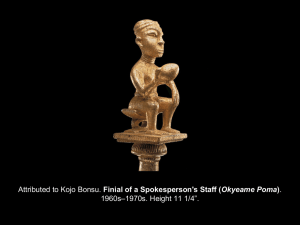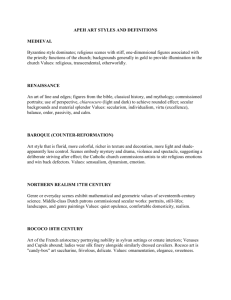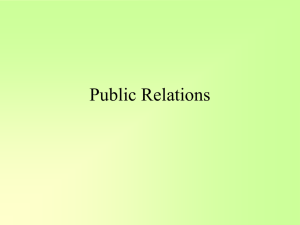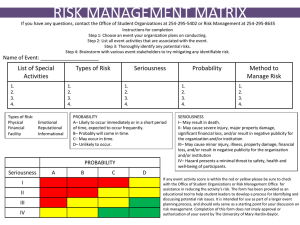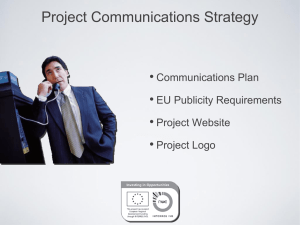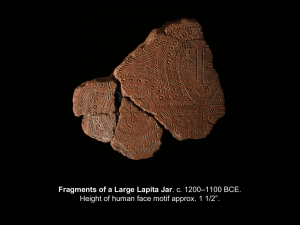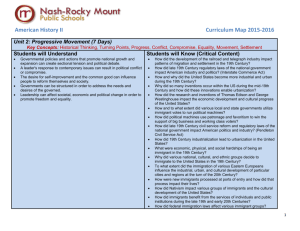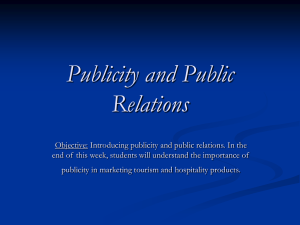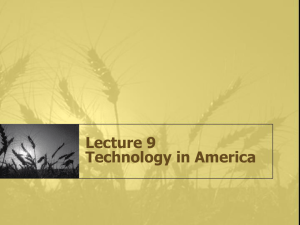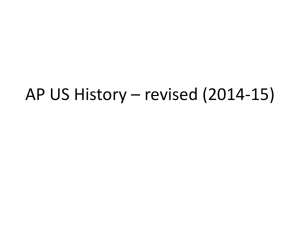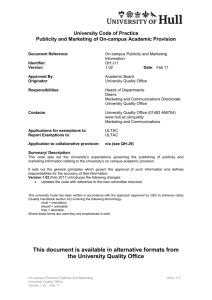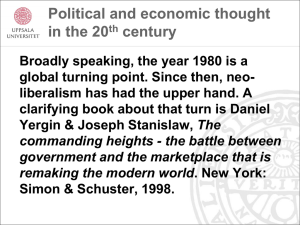History II
advertisement
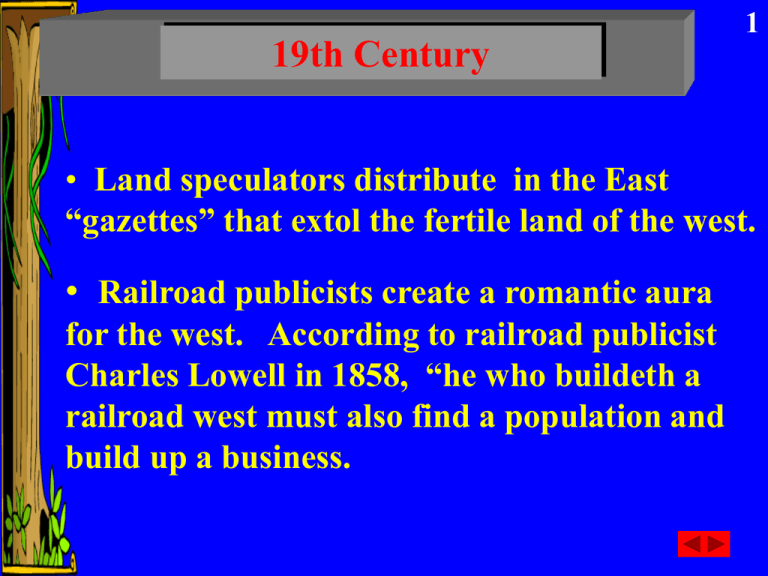
1 19th Century • Land speculators distribute in the East “gazettes” that extol the fertile land of the west. • Railroad publicists create a romantic aura for the west. According to railroad publicist Charles Lowell in 1858, “he who buildeth a railroad west must also find a population and build up a business. 2 19th Century •Magazines were published to influence public opinion or to raise cultural standards. • Most magazines expired in less than a year. • The first successful American magazine was “Godey’s Lady Book, a women’s fashion magazine founded in 1830. 3 19th Century Temperance advocates used PR extensively. • Societies were formed to publish pamphlets, magazines, and books. • Speeches, poems, and songs were written attacking “Demon Rum.” • When Susan B. Anthony wasn’t axing saloons, she was business manager of the Revolution, which advocated a variety of then “radical” causes. 4 19th Century Women’s rights advocates effectively used publicity throughout the century. • Sarah Hale, editor of Godey’s Ladies Book, was an ardent promoter of women’s rights. • Amelia Bloomer, who protested the corset, edited the Lily, a women’s rights publication. • The American Woman Suffrage Association was formed in 1869 with Lucy Stone editor of its weekly, The Woman’s Journal. 5 19th Century Business leaders of the late 19th century employed PR to promote their businesses and halt growing criticism. • The Association of Railroads used the term public relations in its listings of 1897. • Mutual Life, in 1888, hired a journalist to write press releases to improve its image. • Westinghouse Corporation established the first in-house publicity department in 1889 to promote a.c. current against Edison’s d.c. 6 Early 20th Century In 1900, the Publicity Bureau was founded. According to Cutlip, Center & Broom (1994): • “…to do a general press agent business for as many clients as possible for as good pay as the traffic will bear.” • To head off adverse regulatory legislation the Bureau “effectively used the tools of fact finding, publicity and personal contact to saturate the nation’s press, particularly weeklies, with the railroad’s propaganda.” 7 Early 20th Century The number of early public relations firmsAlthough continues to grow. the term “public relations” used increasing frequency • Towas deal withwith growing anti-large business after 1897, these early firms called sentiments, commercial firms turned to themselves “publicity firms.” “specialists” capable of telling business’s story in public forums. • As newspapers and magazines were then the only mass mediums, most of the early PR specialists were journalists. 8 Early 20th Century Corporations began to promote positive relationships with customers. • Ford pioneered press product previews as well as auto racing as a means to promote its products. • Chicago Edison used an external magazine, films, and stuffers inserted in customer bills. 9 Early 20th Century In 1906, Ivy Leadbetter Lee issued his declaration of principles, which is often regarded as the birth of modern public relation practices . frankly and openly, on “In brief, our plan is, behalf of business concerns and public institutions, to supply to the press and public of the United states prompt and accurate information concerning subjects which it is of value and interest to the public to know about.” 10 Early 20th Century In 1916, The Committee on Public Information was formed by President Wilson to promote public involvement in World War I. The CPI was chaired by George Creel. He created a volunteer organization known as the “Four Minutemen.” These volunteers received messages by telegrams, and made four minute presentations to schools, churches, service clubs, and other gatherings across the nation. All forms of printed messages, including news releases, news articles, and posters were created and distributed by the committee. Play 11 Early 20th Century Edward Bernays taught the first public relations course in 1923 at New York University. He wrote the book “Crystallizing public opinion” and coined the term “public relations counsel.” Early 20th Century In the early 20’s, publicity techniques developed during the war were applied to social causes. • The Community Chest movement raised monies for charities. • Hoover’s Food Administration transmitted appeals for food conservation. 12 Early 20th Century Evart and Mary Swain Rooutsahn helped develop the National Publicity Council for welfare agencies. • They used the Council to spread new ideas, techniques, and zeal to novices in health and welfare publicity work. 13
